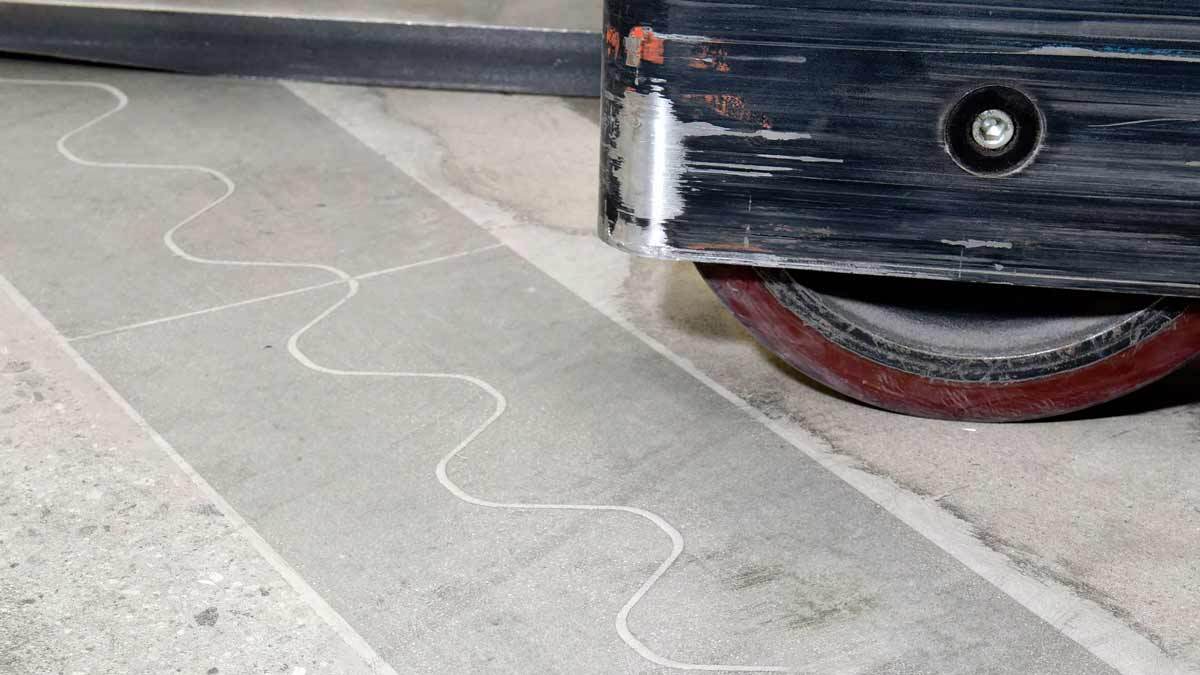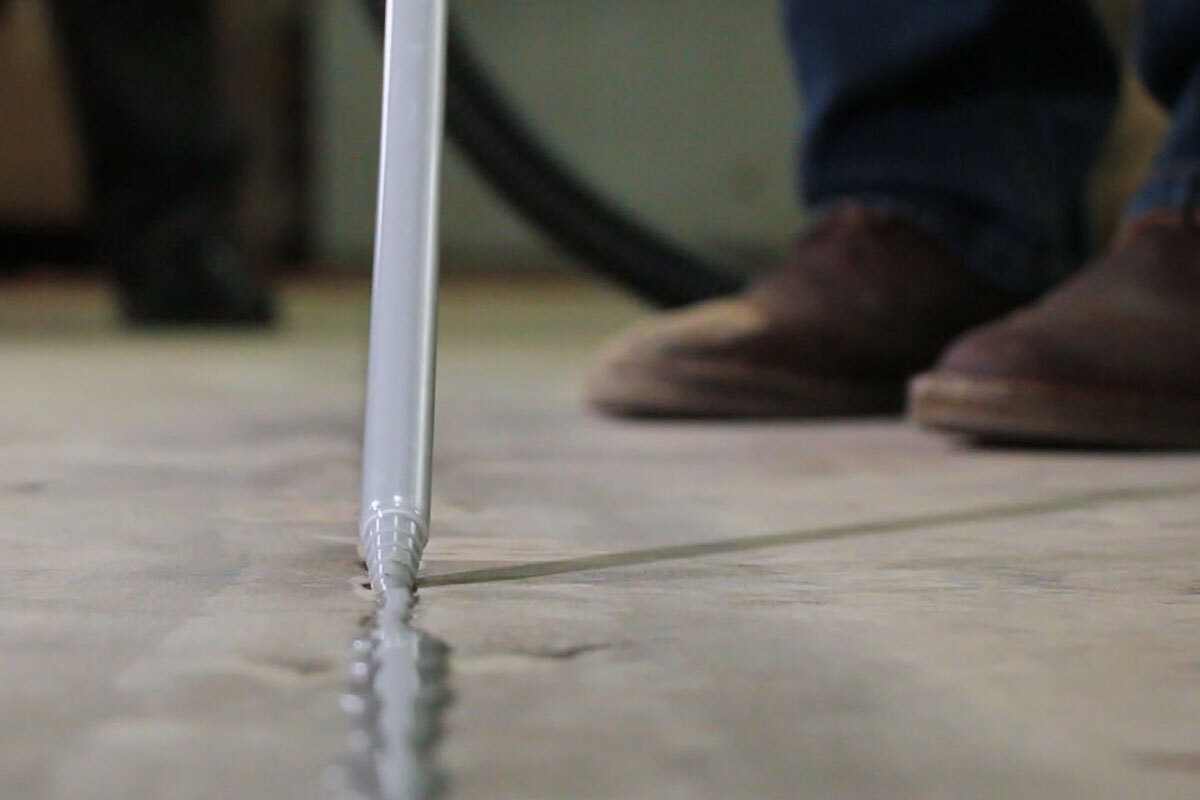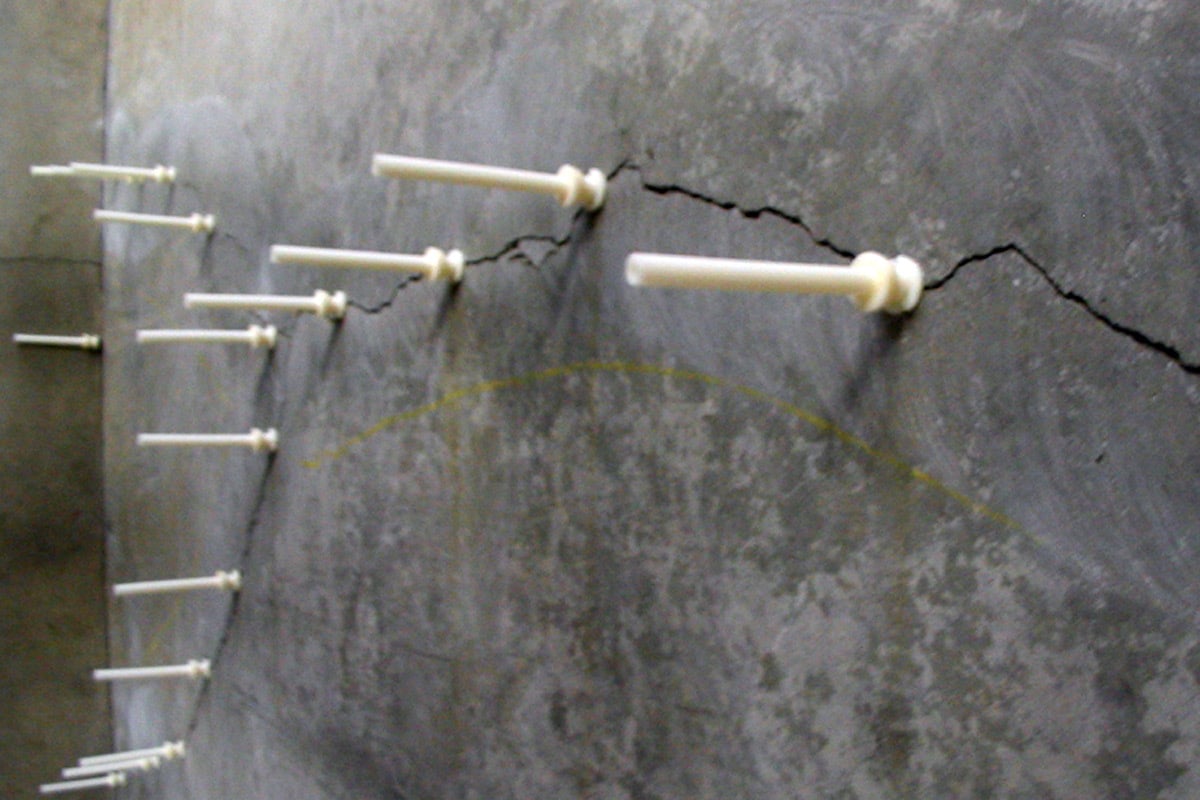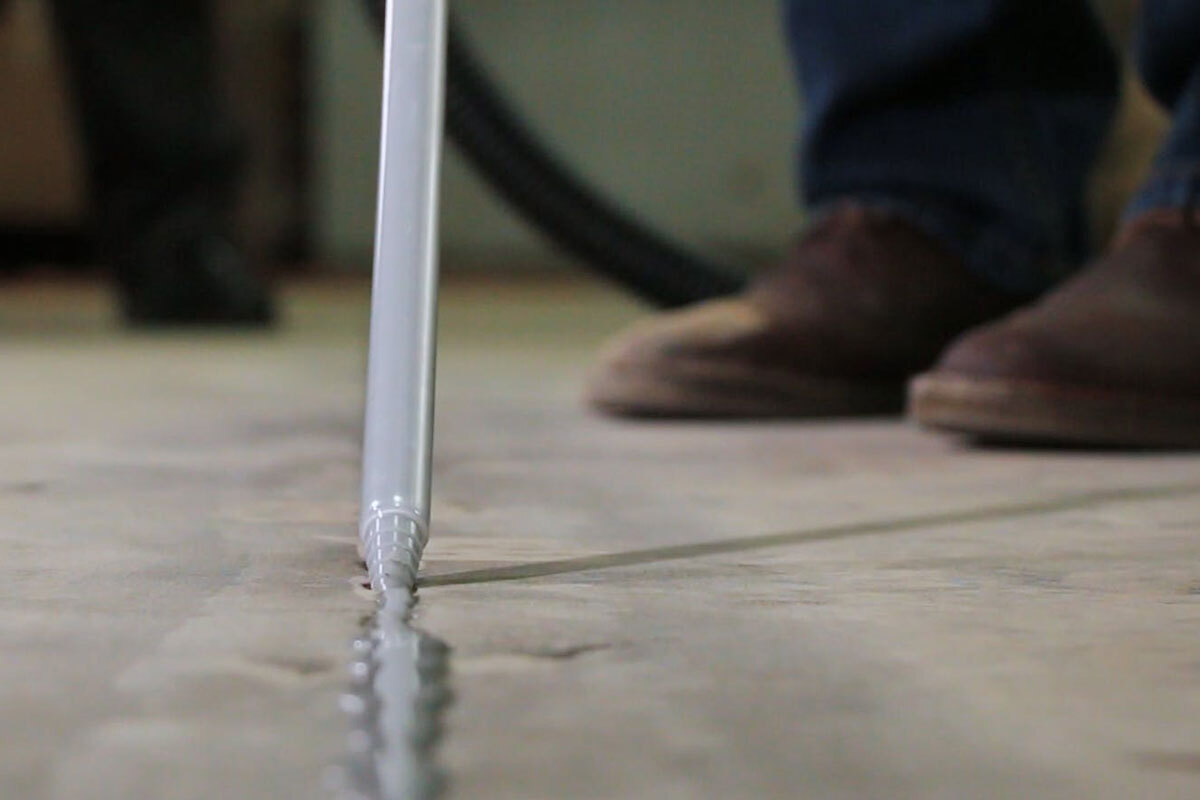Grouts are just like any other type of product on the open market. There is an endless variety of them. If you look hard enough, you’ll find that virtually every company has products they present as “grouts”. Of course, just like every other product, there is a wide range of what qualifies for “grout”. The properties only have to meet a minimum requirement to be “equal”. However, the actual results may be far from equal.
The most important thing is that you have a way to choose the material that will exceed your requirements without breaking the bank or exceed your estimate when it comes to the installed cost. One good way to do that is to apply a consistent and basic series of questions and look for the materials that give you the right answers. Here are some questions that should lead you to the right grout for your and your client’s specific needs.









Please complete your information below to login.